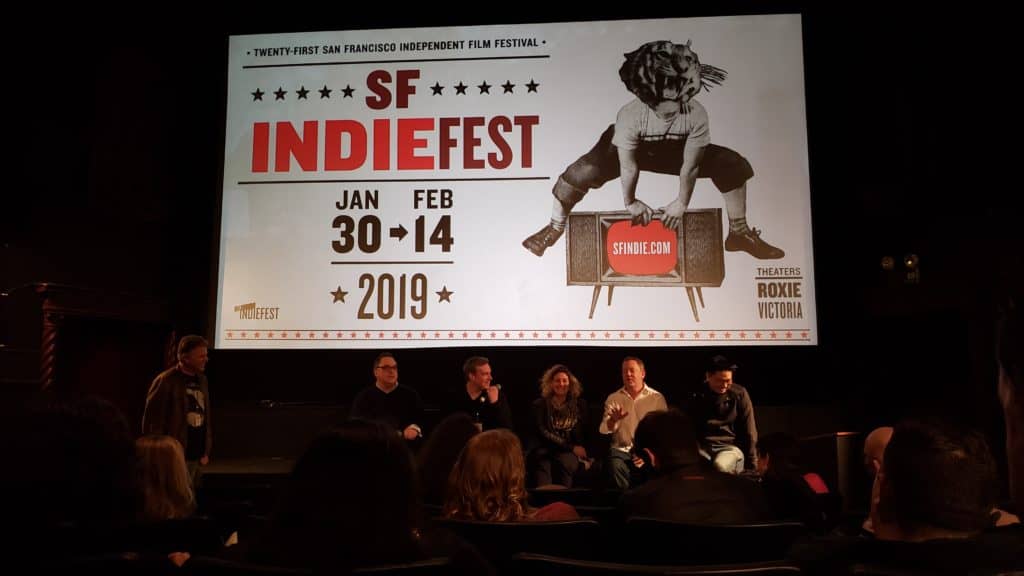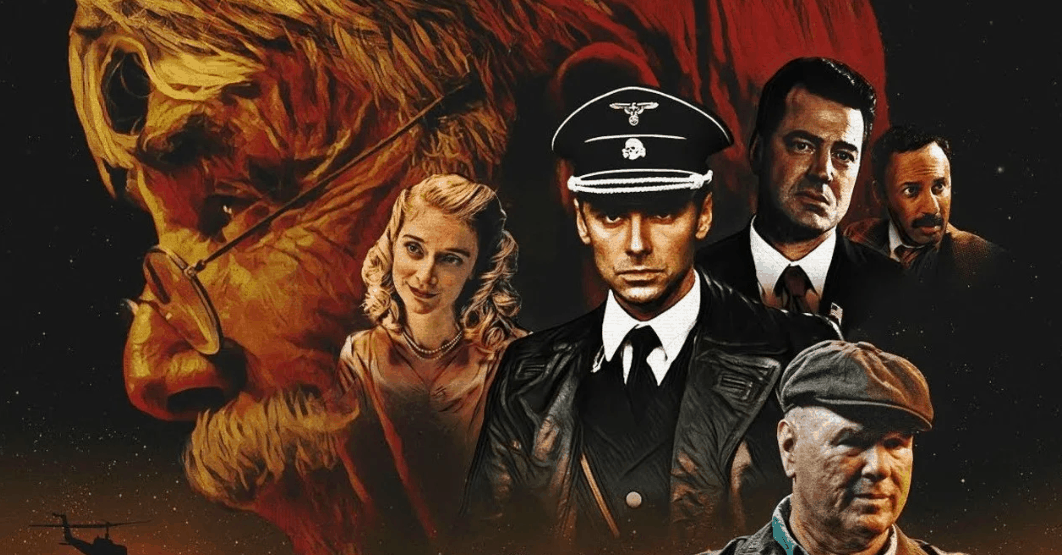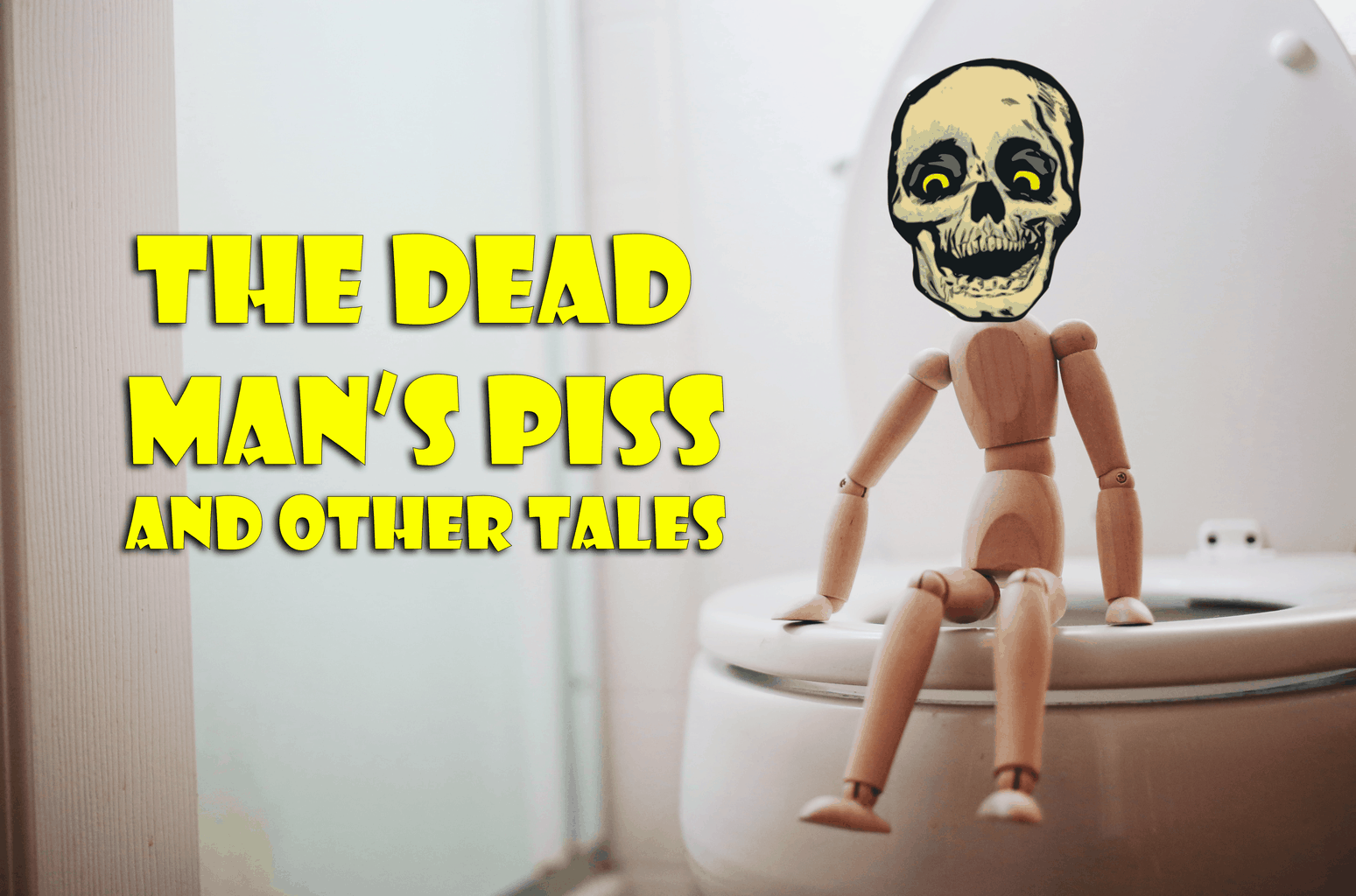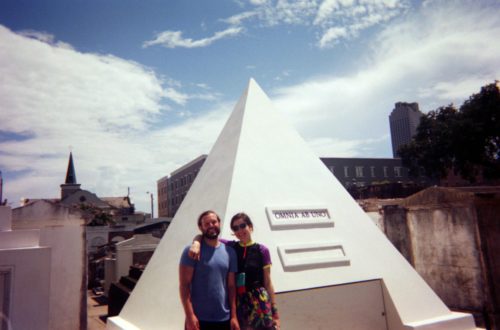Last Friday at SF IndieFest, I went to an early screening of The Man Who Killed Hitler and Then Bigfoot—a movie where the title reveals the plot line so fans won’t feel badly when we do it.
That being said, I do reveal a few minor spoilers in this piece, and the movie comes out in theaters today, so proceed at your own risk!
The film is about a war veteran who murdered Hitler in the 1940s, only to be recruited in 1987 to save the human race by assassinating Bigfoot, the unwitting carrier of a deadly viral plague.
The answer to the question on every Bigfoot geek’s tongue is…
YES. You see Bigfoot on screen!
And in my opinion, this movie’s artistic take on the feature creature is just as phenomenal as the Bigfoot phenomenon itself.
The Sasquatch in the film looks less like the large, hairy man described in traditional Bigfoot lore and pop culture, and more like a zombie ape. Its face resembles a human mummy, its ribs stick out from what appears to be starvation, its eyes are clouded over with cataracts—and it’s extremely average sized in a very noticeable way. As the main character Calvin Barr (Sam Elliott) points out midway through the feature, BIGfoot is “not really living up to its name.”
According to director Robert D. Krzykowski, inspiration for the costume was taken from the art of comic book artist Bernie Wrightson, a man known for depicting larger than life monsters as savage, animalistic and hungry—which is exactly how this movie’s Bigfoot behaves.
When scared or injured, the creature yelps like a stray dog. When it fights, it knows karate. And when angry, it hisses, screams… and throws up pink puke all over the movie’s hero—a concoction the crew made from orange juice, mashed gold fish, and milk, says first assistant director Elaine Marie Gibson.
Mark Steger, the actor hired to play the glamorous role of Bigfoot, sprained his ankle right before having to partake in an epic fight scene with Elliott, says Gibson, so the heavy breathing and screams you hear in the film might not be acting. “We had to carry him up a mountain,” Gibson says. “He was a really good sport.”
Calvin seems really torn about having to kill the creature, even if its existence is a threat to all humanity. “This isn’t what I wanted,” he says tearfully, right after he shoots the Squatch dead.
There’s also a point where Calvin bends down to smell some Sasquatch scat, and says matter-of-factly that Bigfoot is a vegetarian.
As a folklore connoisseur myself, I know that it’s a popular theory in Sasquatch circles that Bigfoot is pure herbivore. I’m also aware of the popular philosophy among Bigfoot researchers that killing a Sasquatch is a big no-no, because if the beast is real, it’s likely an endangered species, and it’s our responsibility to protect it.
Both of these ideas aren’t exactly common knowledge, so during a Q&A after the screening, I asked Krzykowski how big of a Bigfoot nerd he really was, and how much historical Sasquatch lore informed the story and script.
“Well, actually, I grew up listening to Coast to Coast AM,” a radio staple for those interested in conspiracy theories and the paranormal. He paused and glanced around at the packed-out theater, gingerly asking, “Does anyone else here know what that is?”
One person’s clap could be heard far in the distance. His geek was showing, and he quickly changed the subject.
After the show, I privately asked Krzykowski if he considered making Bigfoot into an extraterrestrial while writing the script, since some Bigfoot researchers theorize that Sasquatch are from outer space. He admitted to dreams of a sequel where Bigfoot are aliens that have crash landed on Earth—that they’ve been watching us and may be planning to wipe us out. Unable to contain my sci-fi lust, I listened intently with my mouth half open, nearly drooling on myself. (Don’t stop, Krzykowski. Talk nerdy to me.)
Regardless of what informed his storytelling, how he ended up writing a film about both Hitler and Bigfoot is pretty simple.
“When I was writing the script, I killed Hitler in the first 10 pages,” Krzykowski says. “And when you kill Hitler in the first 10 pages, you have nowhere to go.”

Nowhere to go but AMAZING TOWN. Or more accurately, Massachusetts.
The scenes in the film take place all over the world, but were actually all shot in MA, because the film’s modest budget didn’t allow for much travel. The main house you see in the movie belongs to Krzykowski and his wife, who both were forced to live in a back room for the duration of the film’s shoot. He says the sacrifice was worth it, however, since he has been trying to get this movie made for the last 12 years.
Though the film is low budget, the script is rich, and despite the revealing title, the feature is full of surprises that never let up. The larger than life musical score rocked the socks off my big feet, Elliott carried the film with classic ease and style, and it was clear that every member of the film crew truly cared about their work.
“I wanted to create a cinematic hug with this movie,” Krzykowski told the audience. “So I really hope you all felt it.”
So much BigLove.




